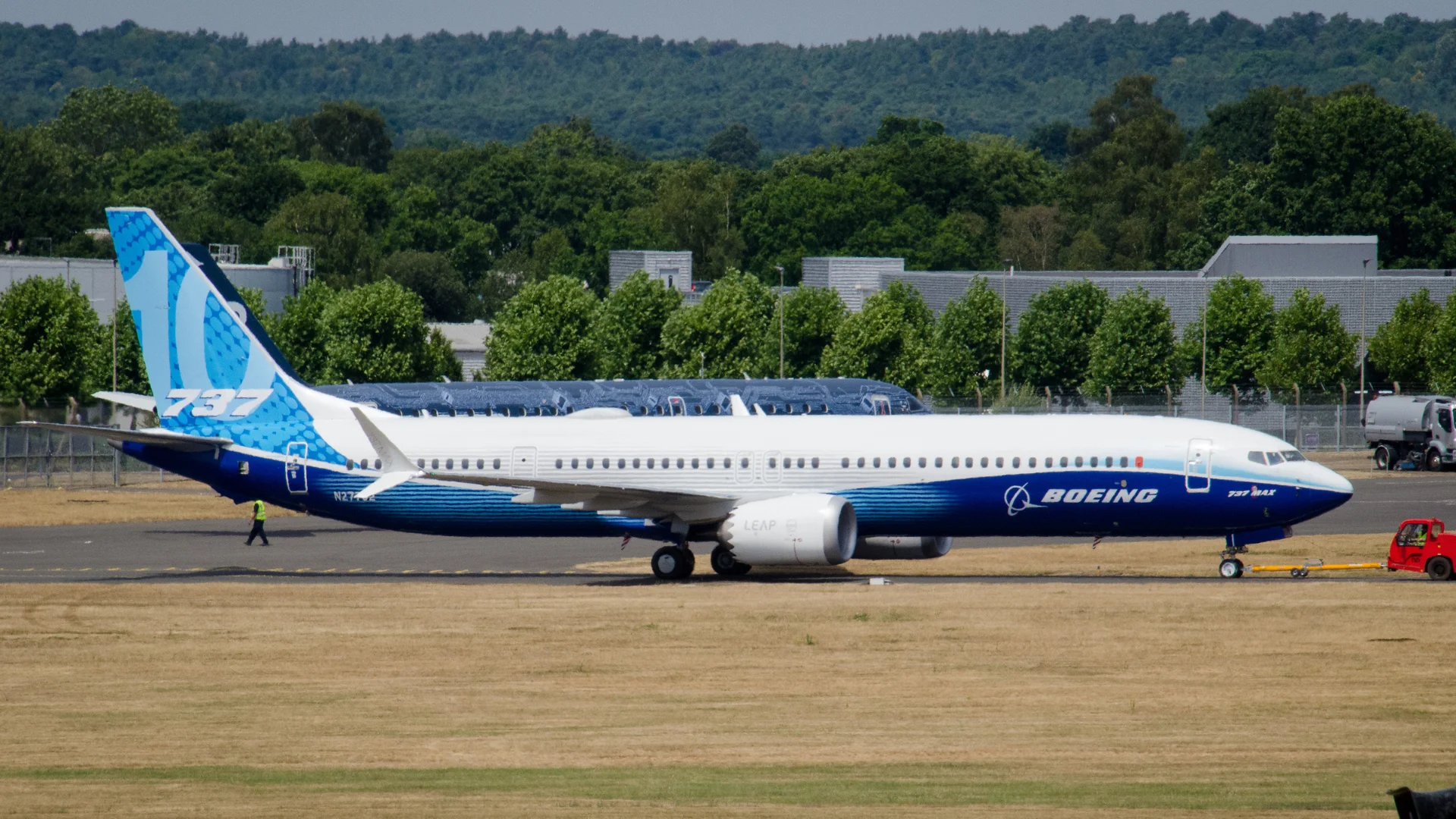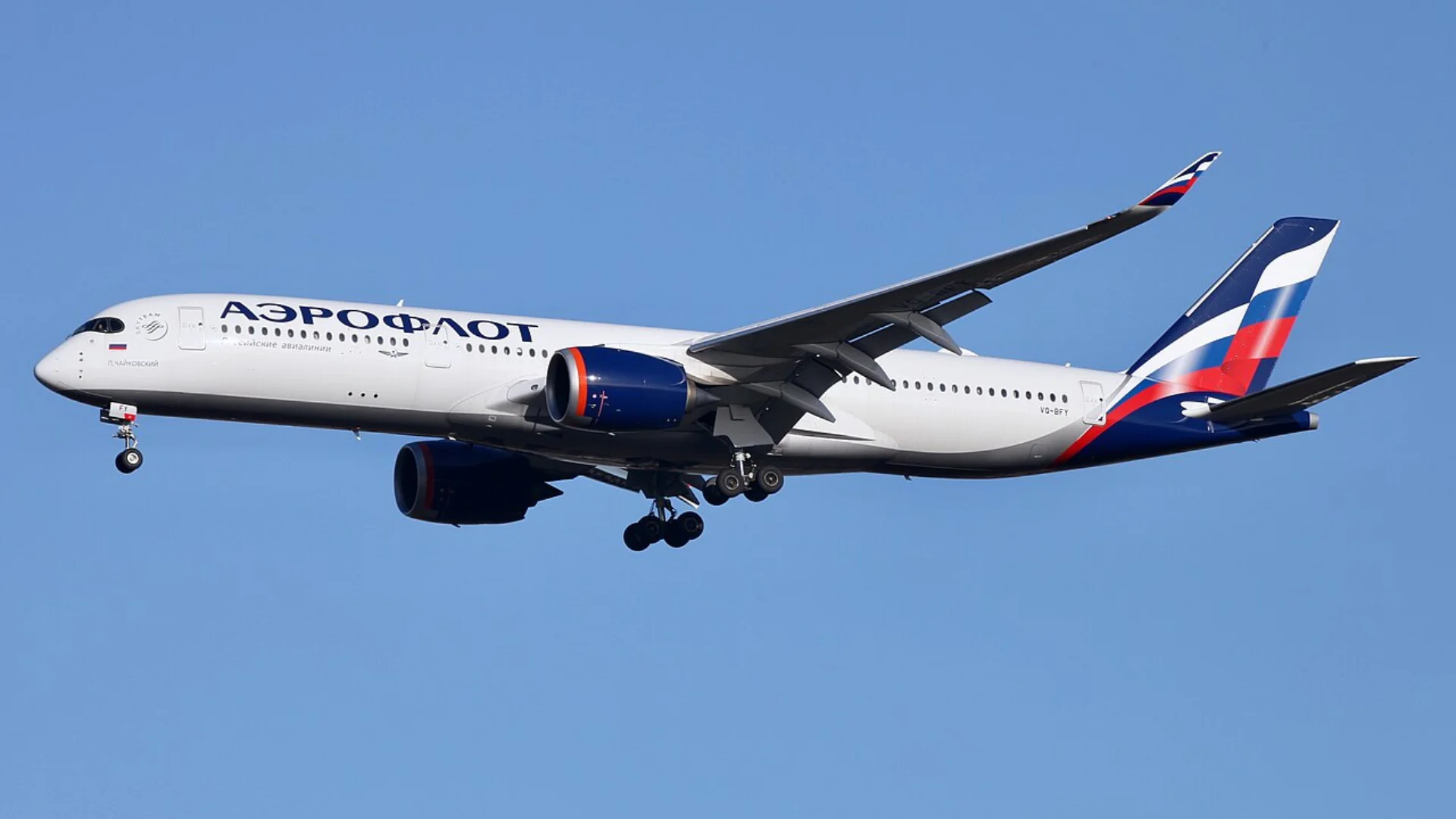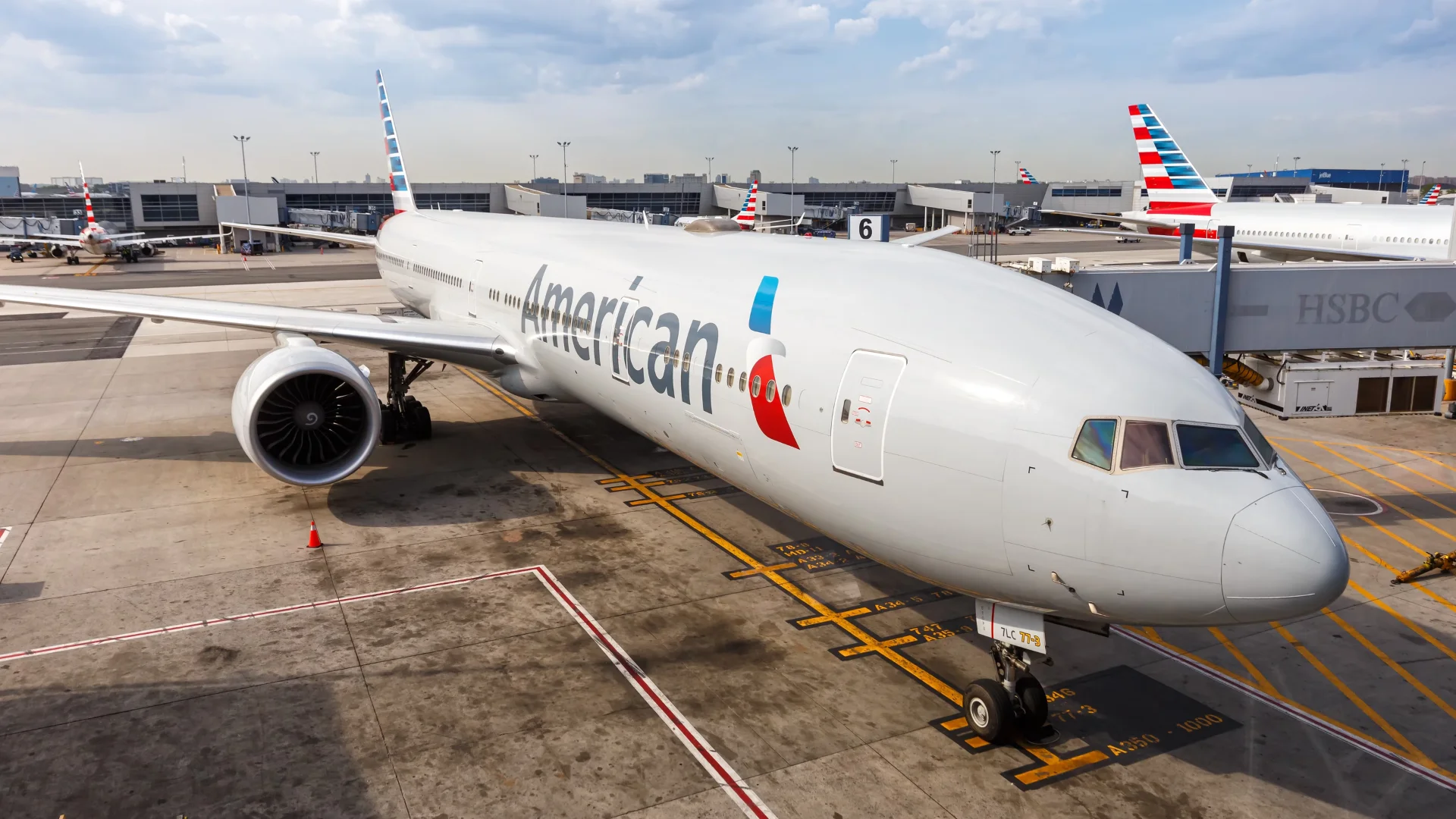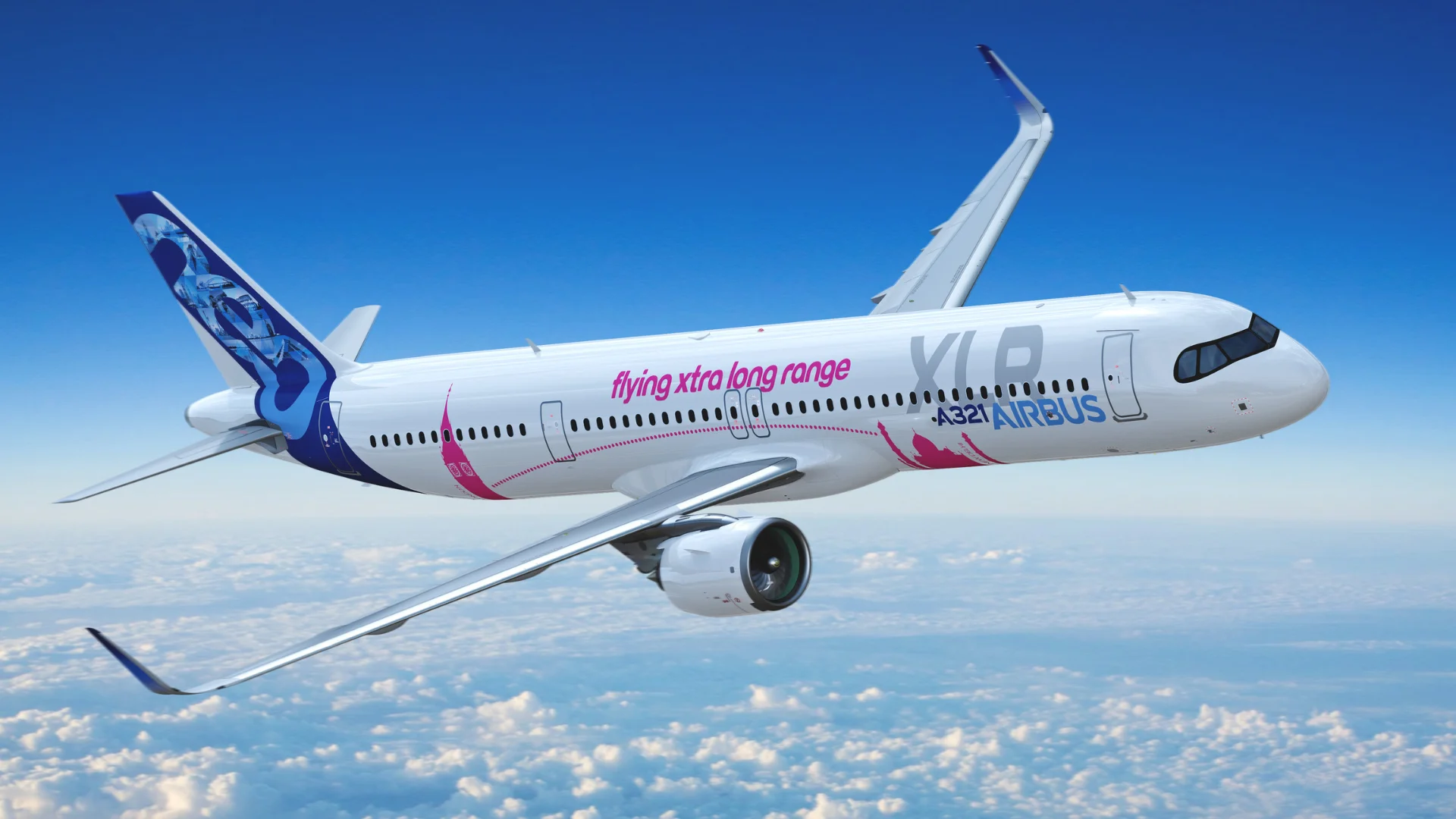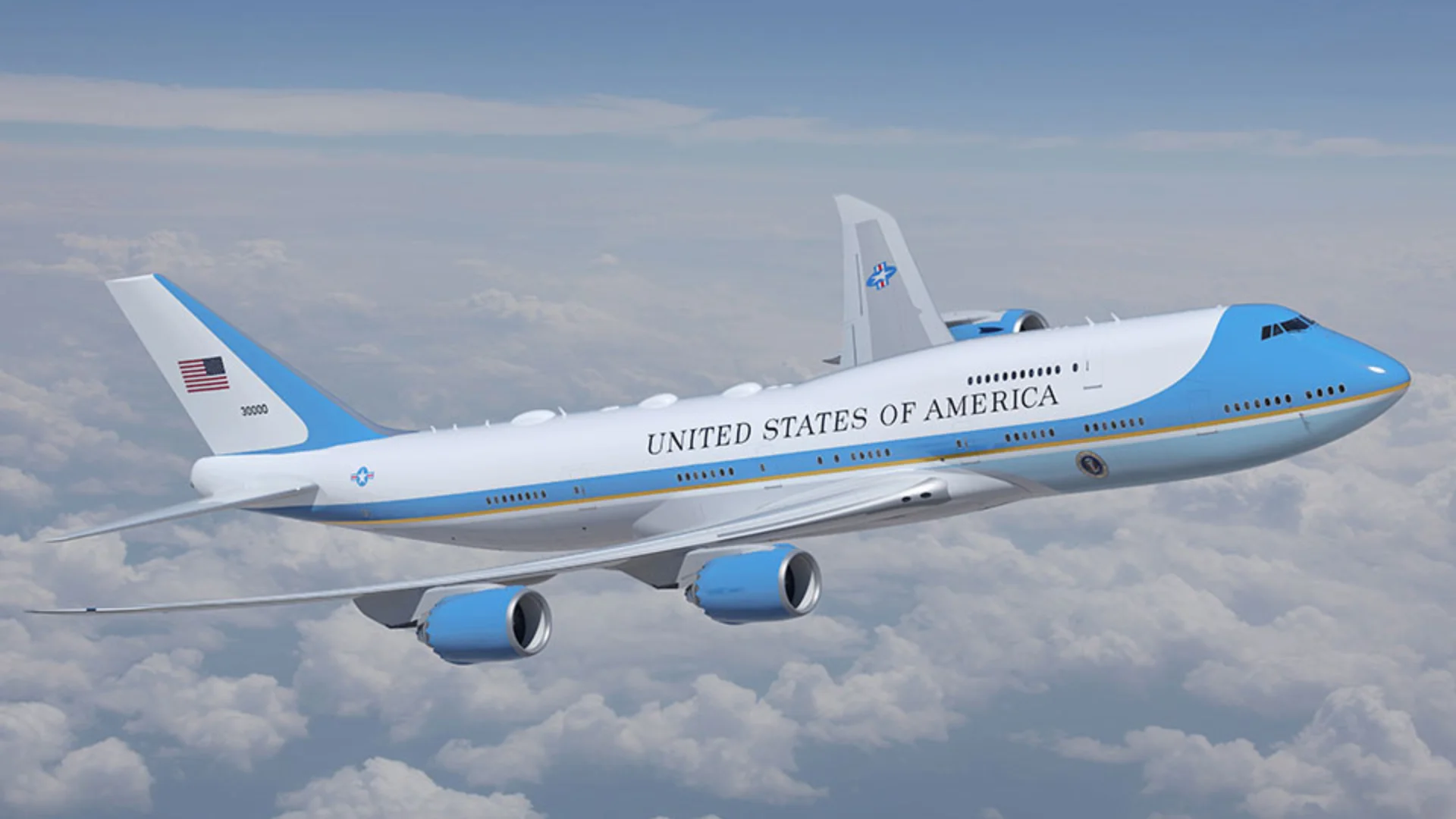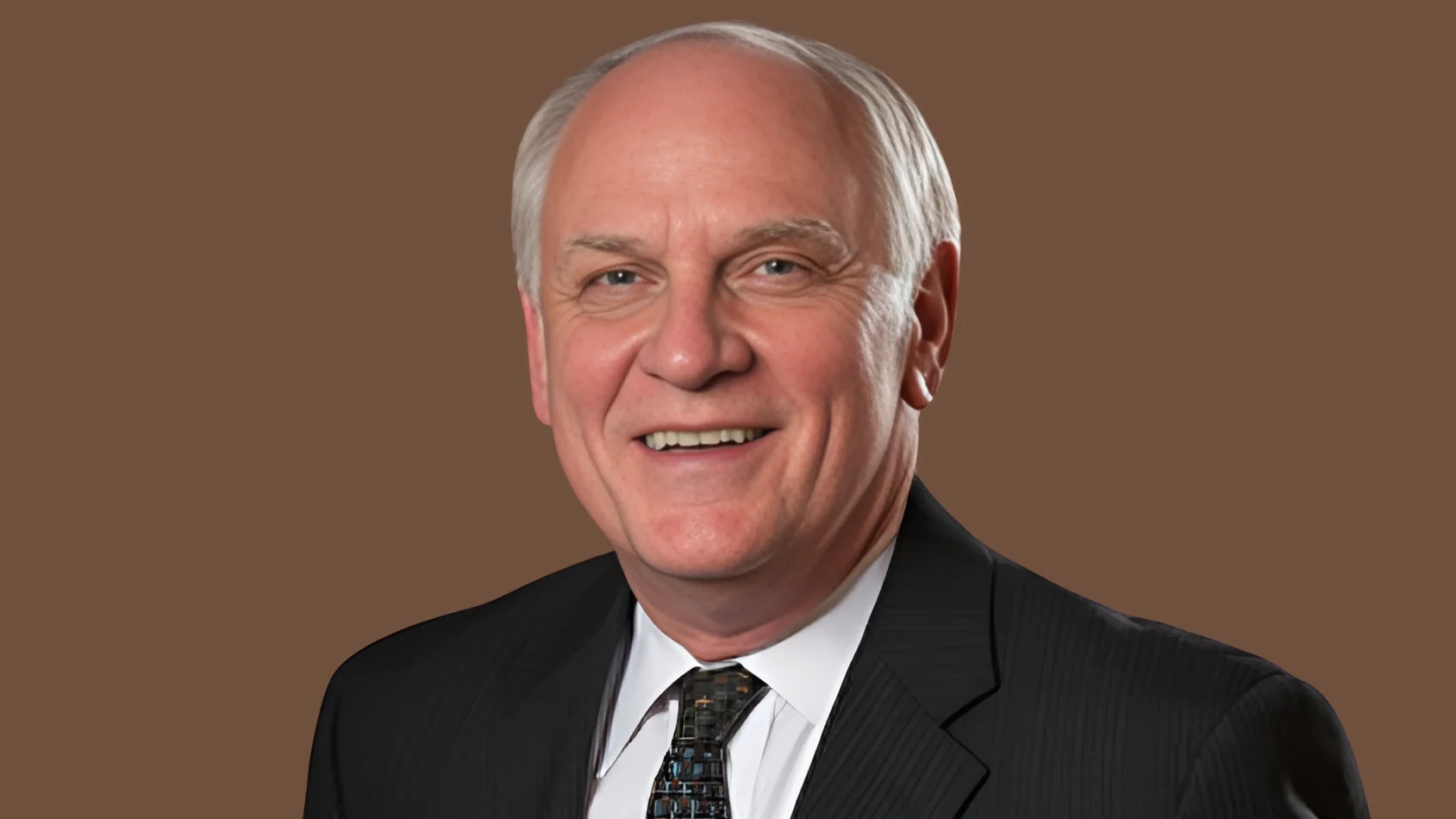In the United States, budget airlines operate under two distinct business models: low-cost carriers and ultra-low-cost carriers. These airlines aim to offer competitive pricing compared to legacy carriers to attract price-sensitive travelers. The low-cost carrier model emerged after the Airline Deregulation Act of 1978, which allowed airlines more freedom in setting routes, fees, and onboard services.
Southwest Airlines exemplifies this model by providing lower fares while maintaining a reasonable travel experience. Initially, legacy airlines like United Airlines and Delta Air Lines faced little competition on business routes but encountered challenges from low-cost carriers on leisure-oriented routes.
Over time, economic factors and improved aircraft fuel efficiency led to the rise of ultra-low-cost carriers. These airlines first appeared in Europe with companies like Ryanair and easyJet dominating the leisure travel market there.
 Alerts Sign-up
Alerts Sign-up



